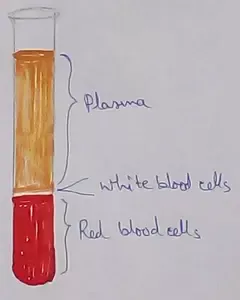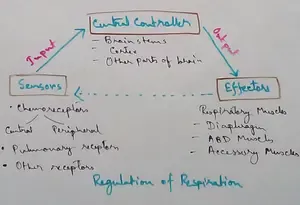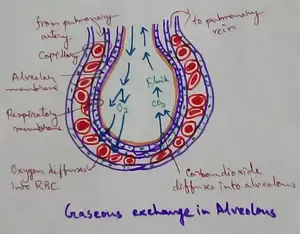Worksheet on Water and its Uses
Worksheet on water and its uses contains various types of questions on sources of water, drinking water and how to save water.
Read the concept to answer the questions on water and its uses and forms of water.
I. Tick (√) the correct answers:
1. The three forms in which water is found are -
(i) solid, liquid, water
(ii) solid, ice, water
(iii) steam, ice, gas
(iv) ice, water, steam
2. What will happen to the ice if it is left out?
(i) The ice melts to form water.
(ii) The ice freezes to form water.
(iii) The water freezes to form ice.
(iv) The water melts to form ice.
3. What is filter used for?
(i) It removes dirt from water.
(ii) It makes the water warm.
(iii) It cools water.
(iv) It makes water salty.
4. The Sun heats up water in the ponds and changes it into -
(i) ice
(ii) steam
(iii) water
(iv) water vapour
II. Unscramble these letters to make the correct words.
(i) DIUILQ
(ii) FRLTEI
(iii) CEI
(iv) DUPELTLO
(v) OSNW
(vi) RMESG
(vii) SETMA
(viii) RAWET ORUPVA
III. Complete these sentences using one of the words in the brackets.
(i) Rain water soaks into the ground and fills _________. (wells/puddles)
(ii) Boiling water removes the _________. (dirt/germs)
(iii) Boiling water changes it into _________. (steam/ice)
(iv) We need more water in summer because we _________. (cry/sweat)
(v) Plants take in water from the _________. (air/ground)
(vi) Plants take in water through their _________. (roots/leaves)
(vii) When ice turns into water it is called _________. (freezing/melting)
(viii) When we dry our clothes in the sun, the water changes into _________. (water vapour/steam)
IV. Match the words in column I with the words in column II:
|
(i) freezing (ii) boiling (iii) filter (iv) polluted water (v) rivers (vi) snow |
(a) not good for drinking. (b) flow into the sea (c) water changes into ice (d) kill germs (e) found on high mountains (f) removes dirt in water |
V. Answer the following questions given in the worksheet on water and its uses:
(i) Why do we not drink sea water?
(ii) Name three things for which you use water.
(iii) How can we kill germs in our drinking water?
(iv) What is one way in which people pollute water?
(v) Name the three forms of water.
Check the answers of worksheet on water and its uses:
Answers:
I. 1. (iv) ice, water, steam
2. (i) The ice melts to form water.
3. (i) It removes dirt from water.
4. (iv) water vapour
II. (i) liquid
(ii) filter
(iii) ice
(iv) polluted
(v) snow
(vi) germs
(vii) steam
(viii) water vapour
III. (i) wells
(ii) germs
(iii) steam
(iv) sweat
(v) ground
(vi) roots
(vii) melting
(viii) water vapour
|
IV. (i) freezing
(ii) boiling (iii) filter (iv) polluted water (v) rivers (vi) snow |
(c) water changes into ice
(d) kill germs (f) removes dirt in water (a) not good for drinking. (b) flow into the sea (e) found on high mountains |
V. (i) We do not drink sea water because it is salty.
(ii) The three things we use water is drinking, bathing and washing clothes.
(iii) We can kill germs in our drinking water by boiling the water.
(iv) The one way in which people pollute water is by using the same water for washing clothes.
(v) The three forms of water are solid (ice and snow), liquid (water) and gas (steam and water vapour).
From Worksheet on Water and its Uses to HOME PAGE
Recent Articles
-
What Is Plasma? | Blood Plasma | Proteins | Nutrients | Cholesterol
Nov 07, 25 10:29 AM
Blood is a mobile fluid which is a connective tissue and is derived from the mesoderm like cell any other connective tissue. Colour of blood is reddish and that flows inside the blood vessels by means… -
Disorders of Respiratory System | Tuberculosis | Pleurisy | Emphysema
Oct 28, 25 11:39 PM
Tuberculosis is very common disease and is caused by a type of bacteria called Mycobacterium tuberculosis. This disease causes different trouble in the respiration and infection of several parts of th… -
Regulation of Respiration | Respiratory Centres | Inspiratory Area |
Oct 14, 25 12:13 AM
Respiratory Centre is the area that controls the rate of respiration and it is observed to be located in medulla oblongata and pons. Respiratory Centre has the following will dispersed components like… -
Explain Transport of Gases | External Respiration | Tissue Respiration
Oct 09, 25 11:35 PM
In humans gaseous exchange is completed in the following ways the steps are - External Respiration or Breathing - Breathing in false taking in of Oxygen and giving out of carbon dioxide in the body. M… -
Kind and Number of Teeth | Location of Teeth in Mouth | Care of Teeth
Sep 11, 25 12:52 AM
Kind and Number of Teeth





New! Comments
Have your say about what you just read! Leave me a comment in the box below.